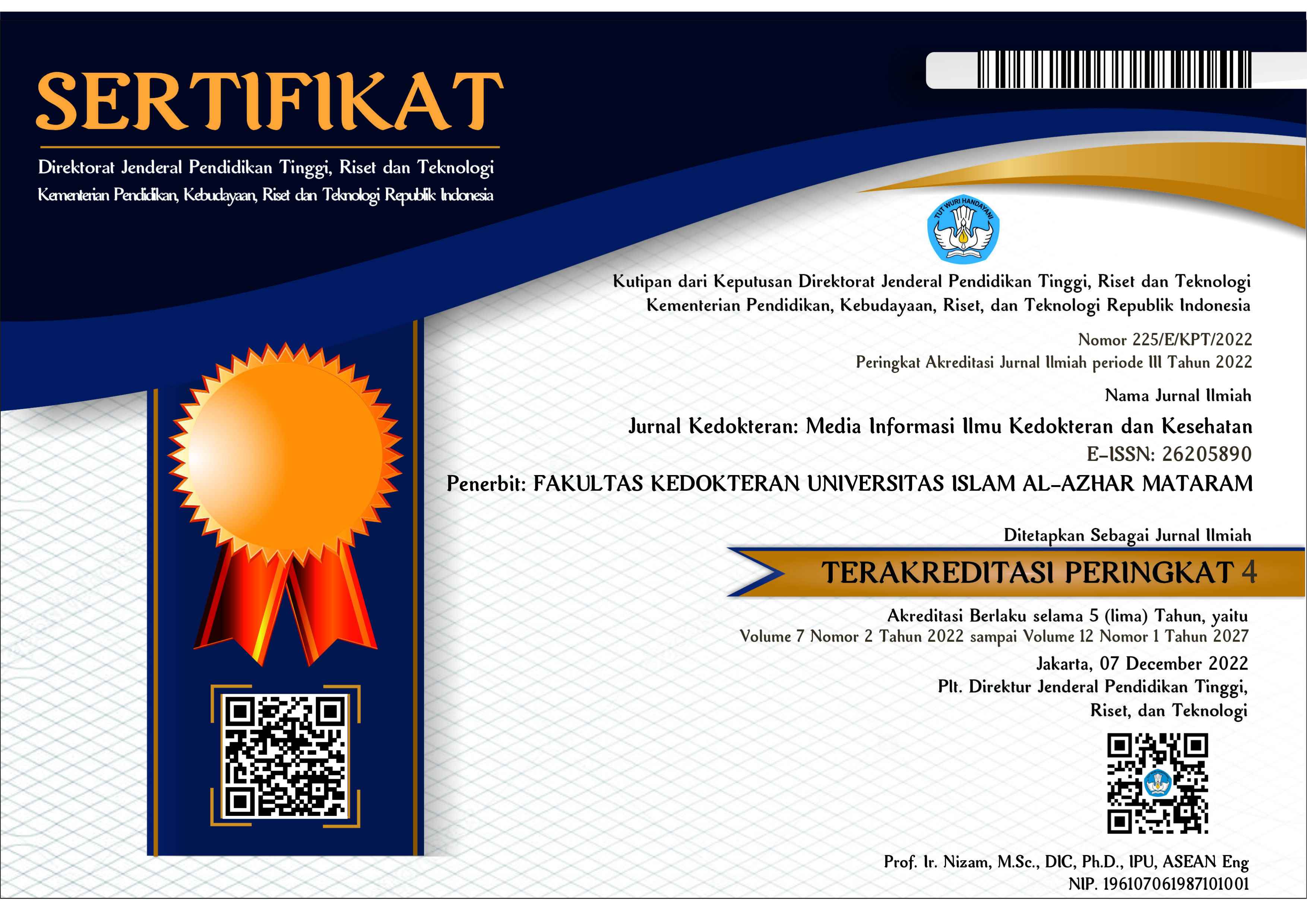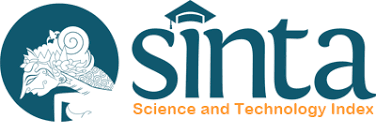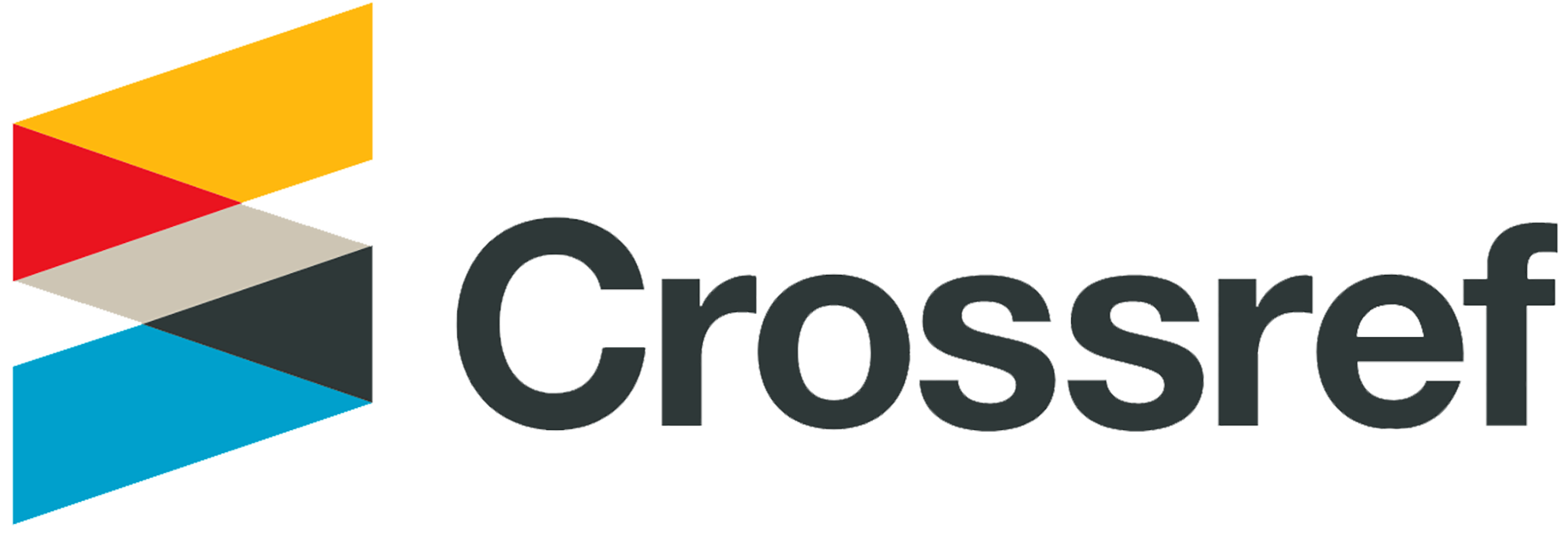Author Guidlines
Writing Guidelines
To be sure that manuscripts move through the copyediting process please observe the following guidelines:
Title: Title must be clear and informative, and should be written using center alignment and capitalized in each non-proposition word, maximum 14 words.
Authors Name: Must be complete but without any title, accompanied by author and affiliation address. Corresponding author must provide and use an e-mail address unique to themselves and not one that is shared with another author registered or department.
Abstract: Please supply a one-paragraph abstract of up to 250 words for all articles components. This, as you know, is a precise summary of your entire paper, not just your conclusions, and must be able to stand alone, separate from the rest of the paper. Abstract must be provided both in English and Bahasa.
Key Words: Should be provided below the abstract to help with the electronic search (3-5 words)
Structure of the Manuscript Body: Please structure the body of manuscript under heading Introduction, Methods, Result, Discussion, and Conclusion, respectively (if needed, sub headings can be added). Direction for future works can be included in conclusion text. The structure of conceptual (normative) paper can be adjusted following acceptable qualitative-rules in academic arena.
Introduction
The Introduction section should explain:
1. The background to the study
2. The aims
3. A summary of the existing literature
4. The reason why the study was necessary
METHODS
The methods section should include:
- The aim, design and setting of the study
- The characteristics of participants or description of materials
- A clear description of all processes and methodologies employed. Generic names should generally be used. When proprietary brands are used in research, include the brand names in parentheses
- The type of statistical analysis used, including a power calculation if appropriate
- Studies involving human participants, data or tissue or animals must include statement on ethics approval and consent
RESULT AND DISCUSSION
The results and discussion should include the findings of the study including, if appropriate, results of statistical analysis which must be included either in the text or as tables and figures. This section should discuss the implications of the findings in context of existing research and highlight limitations of the study.
CONCLUSION
This should state clearly the main conclusions and provide an explanation of the importance and relevance of the study to the field. The conclusion has to be written in a paragraph.
Acknowledgements: The names of any sponsors of your research, including grant numbers, and/or people you would like to thank, may be included in an acknowledgements section that should appear immediately before your list of references when your paper is accepted for publication.
General Style:
We provided template for authors regarding the writing style of Jurnal Kedokteran : Media Informasi Ilmu Kedokteran dan Kesehatan that can be downloaded in the menu “Template”. General style that must be confirmed by authors is summarized as below:
- The suggested limit for paper length is 20-25 pages, which includes figures and tables and no more than 40 pages in total length. References should be single-spaced to conserve manuscript space. Please be sure that your paper is double-spaced and uses a 12-point readable font and 1-inch margins on all sides.
- Headings and subheadings are flush with the left-hand margin and the first line of the initial paragraph appearing under each is also left-justified. Other paragraphs in a section are indented.
In subheadings, only each non-proposition word is capitalized.
- Do not number sections.
- Do not use ampersands (&) unless it is a commonly used expression (e.g., R&D), part of a universally known product (e.g., M&Ms), or included in a company name (e.g., Standard & Poor’s).
- Commas appear before the final ‘and’ (also ‘or’) in a series.
- Double, rather than single, quotation marks are used.
- Percent is spelled out in regular text, but a % sign is used in parenthesized text and figures.
- En dashes (–) rather than hyphens (-) are used to denote a range, for example, 1996–2000; pages 124–155.
- Em dashes (—) rather than hyphens (--) are used to separate a thought or phrase from the surrounding sentence. The sentence should be able to stand alone if the material separated by em dashes were removed.
- Indicate in the text where tables and figures are to appear, for example, ‘Insert Table 1 here.’
- Numbers one to nine are spelled out and numbers 10 and above appear as numerals. The exceptions are when numbers refer to ratings, code numbers, or begin a sentence. If a sentence begins with a number, the number must be spelled out. It is usually easier to rephrase the sentence.
- Footnotes, rather than endnotes, are incorporated into the text.
- Blocks of long quotations are indented and single-spaced.
- et al. is always italicized.
- Spell out all abbreviations at first use in the body of the article and use abbreviated forms thereafter, for example, return on investment (ROI). If an abbreviated form is used only once, it should be spelled out. This is for the benefit of readers, including students, some of whom may not be familiar with the meanings of all abbreviations.
- A zero (0) always appears in numbers less than 1 (e.g., 0.15, not .15). This holds true for tables and figures as well as within the text and footnotes.
- Appendices are placed after references. If there is only one Appendix, no number is needed after it (i.e., Appendix 1).
Figures and tables: Please do not incorporate your figures and/or tables into the text of your article other than a separate line, such as ‘Insert Table 1 here,’ where appropriate. Figures and tables should appear at the end of the manuscript after the references section. Do not embed other programs, such as PowerPoint, into the article.
- Figure numbers and titles appear centered below the figure, while Table numbers and titles appear centered above the table. Each non-proposition word of a title is capitalized.
- In tables and figures, only the first word in column and row titles is capitalized.
- Within tables and figures, a zero (0) always appears in numbers less than 1 (e.g., 0.15, not .15).
- Table values are to be aligned on the decimal except where values differ widely, such values should be centered (this can, for example, apply to the N, R2, and F values in the final rows of a table).
- You may have your figures published in color in electronic version. In printable version, however, the color will be black and white.
Reference and citation style: Jurnal Kedokteran : Media Informasi Ilmu Kedokteran dan Kesehatan uses the author-date style of citation referred from American Psychological Association 7th Edition (APA) guidelines. Citations in the text appear as name, date within parentheses, and listed alphabetically at the end of the paper. When a cited work has three or more authors, all authors should be written out at the first text citation and et al. used thereafter (italicize et al., whenever used). When reference is made to more than one work by the same author(s) published in the same year, identify each citation in the text in the following manner: (Collins, 2005a, 2005b). Online citations should end with the date of access. Please be sure that cited works that are chapters in a book or articles in a magazine include page numbers. References should contain titles and subtitles.
All references must have a corresponding citation in the text and vice versa.
Examples of correct referencing style:
Books:
Badaracco, J. L. (1991). The Knowledge Link: How Firms Compete Through Strategic Alliances. Boston, MA: Harvard Business School Press
Bleeke, J., & Ernst, D. (Eds). (1993). Collaborating to Compete: Using Strategic Alliances and Acquisitions in the Global Marketplace. New York: John Wiley & Sons:
Book Chapters:
Bowman, E. H., & Singh H. (1990). Overview of corporate restructuring: trends and consequences. In Rock L, Rock RH (Eds), Corporate Restructuring (pp. 1-61), New York: McGraw-Hill.
Journal Articles:
Bagozzi, R., & Phillips, L. (1982). Representing and testing organizational theories: a holistic construal. Administrative Science Quarterly, 27(3), 459-489.
Grant, R. M. (1996). Toward a knowledge-based theory of the firm. Strategic Management Journal, Winter Special Issue 17, 109-122.
Arif, S., Ilyas, M., & Hameed, A. (2013). Student satisfaction and impact of leadership in private universities. The TQM Journal, 25(4), 399–416.
Working Papers:
Cohen, M.D., Nelson, R.R., & Walsh J.P. (2000). Protecting their intellectual assets: appropriability conditions and why U.S. manufacturing firms patent (or not). NBER working paper 7552, National Bureau of Economic Research, Cambridge, MA. Available at: http://www.nber.org.cyrano.ucmo.edu:2048/papers/w7552.
Child, J., & Yan, Y. (1999). Predicting the performance of international alliances: an investigation in China. Working paper, Chinese Management Centre, University of Hong Kong.
Conference Proceedings:
Stahl, G. (Ed.). (2002). Proceedings of CSCL ‘02: Computer support for collaborative learning. Hillsdale, NJ: Erlbaum.
Web references :
As a minimum, the full URL should be given and the date when the reference was last accessed. Any further information, if known (DOI, author names, dates, reference to a source publication, etc.), should also be given. Web references can be included in the reference list.
Example: AOAC. (2002). Guidelines for single laboratory validation of chemical methods for dietary supplements and botanicals. AOAC International, 1–38.
Reference management software :
Users of Mendeley Desktop can easily install the reference style for this journal by clicking the following link:
http://csl.mendeley.com/searchByName/?style
When preparing your manuscript, you will then be able to select this style using the Mendeley plug-ins for Microsoft Word or LibreOffice. All publications cited in the text should be presented in a list of references following the text of the manuscript. The number of references ranges from 15 to 25 positions. The manuscript should be carefully checked to ensure that the spelling of authors' names and dates are exactly the same in the text as in the reference list.
Every article that will be sent to the Jurnal Kedokteran: Media Informasi Ilmu Kedokteran dan Kesehatan is Mandatory to attach Authenticity Statement as an act to avoid plagiarism and so on.













